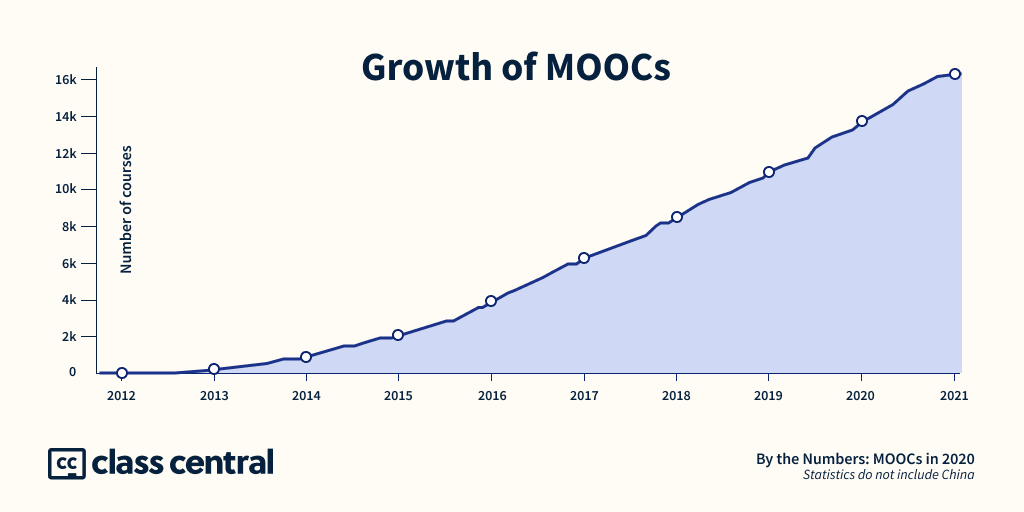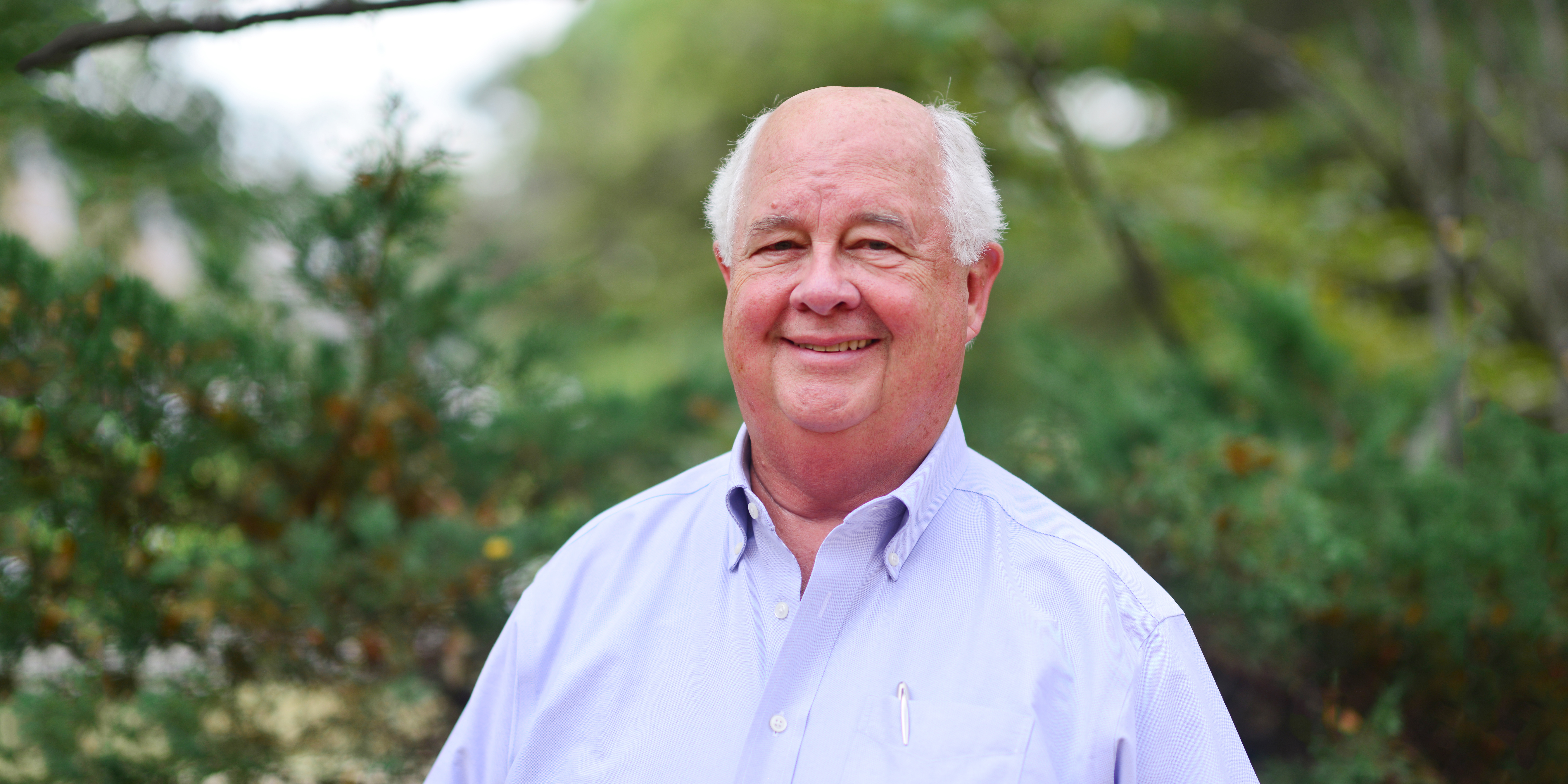
Continuous learning is, or should be, a way of life for project managers and all members of the project team! According to a global survey[i] by Pearson in 2019 a “40-year career is gone, replaced by lifelong learning and diverse career paths”. Even if you have gone back to college and earned a master’s degree, the need to continue learning new knowledge and new skills is ongoing. Work assignments and demands are constantly evolving. According to this same survey, “People expect digital and virtual learning to be the new normal in the next decade” and the “shift to digital delivery is well-established & accelerating”.
So, what are your options? How do you work long hours, lead a healthy family and community life, and stay current? No, I have not found the secret to adding more than 24 hours in a day! But scheduling time to read, participate in your professional association, and take short courses on MOOC’s is the best way we have found to stretch the day! Simply block the time out on your calendar! For the reading component, simply subscribe to the Project Management World Journal, it’s free and a global resource for sharing knowledge in Program & Project Management[ii]. Ok, so what is a MOOC?
MOOC stands for “Massive Open Online Course.” They are open to anyone, anywhere, anytime, plus they are free! They are a flexible way to learn new knowledge and skills. MOOC’s grew out of the Open Educational Resources movement and the MIT Open Courseware Project that was introduced in 2006. From an educational perspective, the key breakthrough was the conclusive research finding that class size and learning outcomes have no connection[iii].
By 2012, MOOC’s became very popular and several providers started to appear. Coursera, edX, FutureLearn, Khan Academy, and Udacity are a few of the more popular ones. One of the keys to acceptance was the credibility of top tier universities that were generating most of the course content. Today, MOOC’s are widely recognized as acceptable credentials by numerous major corporations; IBM, Starbucks, and C3ai to name a few.
The MOOC’s ecosystem has been growing steadily, and as you might expect with the Covid-19 pandemic, has skyrocketed. According to Class Central[iv], as of the fall 2020 there are over 15,000 courses available with over 110 million active learners. Over 900 universities have posted content and, in addition to the short courses, there are approximately 50 MOOC-based academic degrees available.

Are these courses really free? Yes, the basic offerings are free to audit. All content is online, and you may learn at your own speed. If you want to document that you took and completed the course, you will have to pay a nominal fee to become a “verified” learner and, as part of that, you have to pass an exam at the end of the course.
One of the things that I think is significant about a lot of the courses is that some serious effort is focused on how people best learn. Course design takes into consideration learning style preferences and is effective for visual, auditory, or kinesthetic learners.
The University of Maryland is a partner with edX[v] and our Project Management Center for Excellence has launched a massive effort to add approximately 50 new courses to edX over the next 24 months. We already have five certificates (which include 3 to 5 courses each) available on the topics of Agile, Communications, Leadership, Product Management, and Digital Transformation with more to follow.
Each of our courses has 4 to 6 “weeks” of material and each week includes 4 or 5 self -paced learning modules. Each learning module includes: a series of short (6 to 8 minute) videos that are also transcribed, key point learning summaries, references for those that want a deeper dive into the material, and knowledge checks to see you understood the material. Each learning module takes between 10 and 30 minutes to complete. In general, course take anywhere from 10 to 15 hours to finish.
For verified learners there is an exam at the end of each course. Verified learners earn a certificate at the competition of each course documenting their accomplishment. Each of our certificates is awarded by both edX and the University of Maryland to document completion.
The bottom line is that online delivery is effective and affordable. At the University of Maryland our goal is to deliver state-of-the-art content to project teams globally, when and where they need it.
Right now the University of Maryland Project Management Center for Excellence has five professional certificates available on edX (one of the top 10 MOOC platforms). You can try them out for yourself – they are free!
- Agile Project Management (All courses available)
- Course 1 – Applied Scrum for Agile Project Management
- Course 2 – Sprint Planning for Faster Agile Team Delivery
- Course 3 – Agile Innovation and Problem Solving Skills
- Course 4 – Agile Leadership Principles and Practices
- Course 5 – Agile for Process, Project, and Program Control
- Product Management (All courses available)
- Course 1 – Product Management Fundamentals
- Course 2 – Achieving Product-Market Fit
- Course 3 – Designing the User Experience
- Course 4 – Data Science and Agile Systems for Product Management
- Course 5 – Modern Product Leadership
- Program Management and the Art of Communication (Courses 1-3 currently available)
- Course 1 – Effective Communication for Program and Project Stakeholders and Teams
- Course 2 – Persuasion and Presence for Program and Project Managers
- Course 3 – Managing Conflicts on Projects with Cultural and Emotional Intelligence
- Course 4 – Designing Project Information Hubs for Program and Project Performance
- Course 5 – Storytelling That Delivers Program and Project Outcomes
- Re-Imagining Leadership (Course 1 currently available)
- Course 1 – Let’s Get Happy: Happiness Drives Performance
- Course 2 – Let’s Get Started: Building Self Awareness
- Course 3 – Let’s Get Personal: Working with Personality Type
- Course 4 – Let’s Get Emotional: Emotions and Emotional Intelligence!
- Course 5 – Let’s Get Strong: Strengths at Work
- Course 6 – Let’s Get Principled: Values, Culture & Intelligent Disobedience!
- Transforming Your Company’s Data Analytics: Championing the Digital Enterprise Professional Certificate (Course 1 currently available)
This article appeared in PM World Journal, Vol. X, Issue I, January 20201.

John Cable, Director, Project Management Center for Excellence, University of Maryland
How to cite this article: Cable, J. H. (2021). Converting to Online Teaching: A Series of short guidance articles for educators and institutions – Do You MOOC?, PM World Journal, Vol. X, Issue I, January.
References
[i] “The Global Learner Survey” September 2019
[ii] PM World Journal https://pmworldjournal.com/
[iii] “Does Class Size Matter” by Daniel Barwick.
[iv] https://www.classcentral.com/ Class Central is a listing of online courses primarily free from universities offered on massive open online course platforms.
[v] https://www.edx.org/ edX is an American massive open online course provider created by Harvard and MIT. It hosts online university-level courses in a wide range of disciplines to a worldwide student body, including some courses at no charge. It also conducts research into learning based on how people use its platform. Wikipedia
Posted by Kathy Frankle on January 8, 2021

 Data Analytics for the Project Manager
Data Analytics for the Project Manager